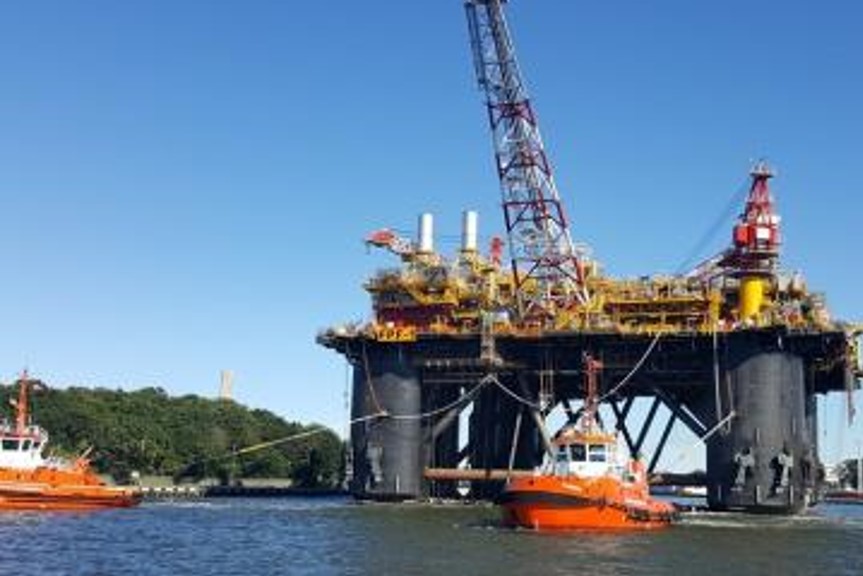Why drill an entirely new development well when there is an appraisal well already, which can be side-tracked to hit the desired reservoir section? This is the strategy adopted by Ithaca to initially develop the Abigail discovery in the UK Central North Sea.
Abigail was discovered by Shell in 1995 through drilling 29/10-4Z, which was side-tracked to the southwest in a more updip direction probably after failing to prove hydrocarbons in the parent well. After Ithaca was awarded the licence in 2009, it drilled appraisal well 29/10b-8 in the eastern part of the closure. Whilst the 4Z well encountered oil, the appraisal well found condensate, but pressure data suggests that there is communication between the two legs.

The main reservoir of Abigail comprises a Paleocene east-west trending Forties turbidite sandstone, which is thought to host around 10 MMb of oil and 1.3 MMboe in gas. The underlying Paleocene Andrew sandstone is thin (up to 4 m) and is estimated to contain up to 4 MMboe in gas.
Ithaca is now side-tracking the 29/10b-8 well with the aim to develop both the Forties and Andrew reservoirs. If production figures look promising, there is the option to drill an entirely new development well from surface as a second phase to the project.
Abigail will be tied back via a subsea manifold to Ithaca’s FPF-1 production facility that is also processing fluids from Stella, Harrier and Vorlich (BP). The field is expected to produce for about eight years.
All in all, Abigail is a good example of small development that is made work through the use of smart solutions and also by combining production from a network of smaller fields. It is one of the ways in which the UK North Sea can extend its production life.
HENK KOMBRINK





